
Supercharge your lead generation with a FREE Google Ads audit - no strings attached! See how you can generate more and higher quality leads
Get My Free Google Ads AuditFree consultation

No commitment
Supercharge your lead generation with a FREE Google Ads audit - no strings attached! See how you can generate more and higher quality leads
Get My Free Google Ads AuditFree consultation

No commitment
Optimizing Google Ads for food industry businesses is crucial in today’s competitive market landscape. Many businesses face the challenge of missing out on high-value prospects who don't initially engage, leading to lost opportunities. With the increasing complexities of digital marketing, effective strategies, such as tracking anonymous traffic and engaging potential leads proactively, allow you to capture high-intent prospects. Google Ads provides a platform to transform these missed interactions into successful engagements. For businesses in the food industry, Google Ads represents a fantastic chance to blend online campaigns with offline efforts, ensuring your ad spend targets real decision-makers. This approach helps you connect with prospects when they are ready to make decisions, whether they are researching online after a restaurant event or engaging with digital ads influenced by in-store visits.

Food businesses operate in a market where speed and relevance are essential for capturing buyer demand. Precision targeting, data-driven messaging, and seamless follow-up are critical for converting high-intent prospects into qualified leads and revenue. Google Ads for Food Industry Businesses offers a scalable avenue to reach decision-makers where they are most active, but success requires a coordinated strategy that goes beyond surface-level PPC tactics.
A robust, data-driven approach to Google Ads eliminates wasted spend and maximizes lead quality by prioritizing high-fit prospects. By integrating detailed audience insights and tracking real buyer intent, food industry marketers can identify not just who visited their site, but which companies and individuals show signs of purchase readiness. This enables teams to focus their budget and resources on accounts most likely to convert, reducing acquisition costs while accelerating pipeline velocity.
Keyword and audience targeting are the backbone of effective food industry marketing with Google Ads. Success starts with mapping the unique research patterns of restaurant owners, procurement managers, and food distributors. For instance, specific keyword clusters around “bulk food suppliers for restaurants” or “commercial kitchen equipment” attract B2B buyers at pivotal moments. Audience layers—such as job title, company size, or recent purchase signals—further refine reach so that ads land in front of decision-makers actively evaluating solutions. As buyer behaviors shift, dynamic audience segments update in real-time, ensuring campaigns remain aligned with the most valuable prospects.
Optimizing landing page experience is fundamental for converting ad traffic into actionable leads. For food businesses, this means designing landing pages that mirror the promise and creative of the ad, highlighting solutions tailored to the buyer’s industry and pain points. Personalized content, strong value propositions, and frictionless demo or quote request forms increase the likelihood that high-demo interest does not stall before conversion. Intelligent tracking links every ad touchpoint to the resulting form fill, call, or purchase, providing a clear line of sight from click to closed deal.
Continuous performance refinement is essential for sustained results. Advanced optimization techniques use granular engagement data—such as which prospects downloaded product specs or interacted with pricing tools—to adjust bids, pause underperforming ads, and reallocate budget toward top-performing segments. Real-time intent signals automatically trigger retargeting and nurture workflows, ensuring no engaged prospect goes cold. Conversion tracking extends beyond online forms, capturing phone reservations and offline orders so teams can accurately attribute revenue to each ad dollar spent.
Integrating Google Ads with cross-channel marketing creates an immersive experience that keeps food industry prospects engaged at every touchpoint. By syncing enriched audiences and lead data into platforms like HubSpot or Salesforce, marketing and sales teams can orchestrate personalized follow-ups—whether via email, phone, or retargeted ads. This omnichannel approach ensures that every high-fit account receives timely, relevant outreach that accelerates the path to purchase and drives sustained food business growth. Ready to accelerate your pipeline? Get started for free with Sona.
Food industry businesses operate in a market where timing, visibility, and accurate audience targeting determine revenue. With digital interactions influencing most purchasing decisions, Google Ads transforms anonymous web traffic into actionable leads by capturing intent from users already searching for food solutions or services. Foodservice brands can see how Google Ads drives customer acquisition by reviewing this guide to Google Ads in foodservice marketing.
This platform reaches complex and specialized audiences that span restaurant owners, procurement teams, and consumers seeking immediate dining options. By identifying and engaging these high-intent users at the exact moment of need, food businesses reduce wasted ad spend and convert more opportunities into sales, particularly during periods of peak demand such as holidays or local events. For strategies to target and segment high-value audiences, leveraging precise audience intelligence can help maximize campaign personalization.
Google Ads also supports the growth ambitions of food businesses by enabling campaigns to penetrate new and emerging markets outside traditional regions. This reach is crucial for brands scaling their distribution or introducing new products, as it ensures relevance and engagement with diverse consumer bases while solving for the challenge of prioritizing which leads deserve sales follow-up. Explore additional restaurant marketing insights for practical tactics that drive awareness and engagement.
Integrating advanced data analytics with Google Ads allows food businesses to unify fragmented marketing data, providing full-cycle measurement from the initial ad impression to the final sale. Real-time insights keep teams agile, allowing them to reallocate budget to high-converting segments and prevent leads from cooling off before sales can act. Such closed-loop measurement ensures that every dollar spent on marketing is accountable, driving both operational efficiency and revenue growth in a sector where margins are often tight and competition is fierce. You can get started for free with Sona to unlock unified measurement and actionable insights for your food business.
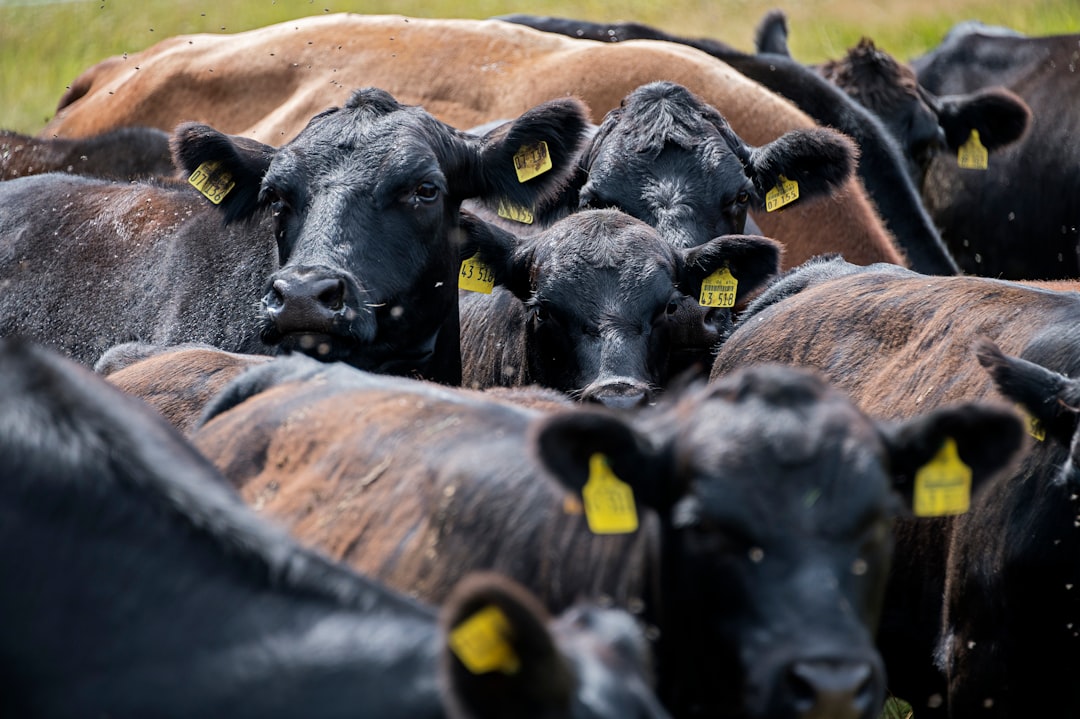
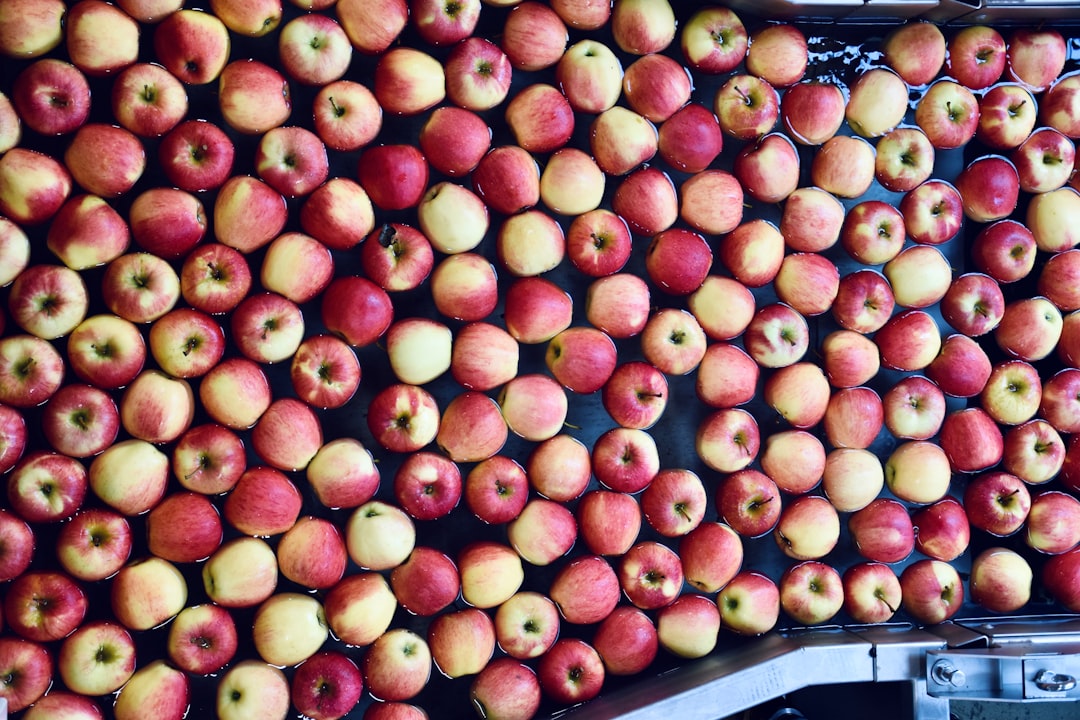
Food industry businesses benefit significantly from forming partnerships with neighboring enterprises to boost visibility and acquire high-value customers. Cross-promotion in digital channels, especially through Google Ads for restaurants, extends reach to untapped yet relevant audiences that already interact with aligned local brands but may not have discovered your offerings.
Collaborating with coffee shops, specialty grocers, catering services, or event venues allows food businesses to design joint promotions that run concurrently and reinforce each other's messaging. By synchronizing ad campaigns, you ensure that visitors engaging with one business are also exposed to the partner’s services, creating a mutually beneficial ecosystem of shared leads and increased brand credibility. These partnerships are especially effective for account-based marketing, where customer intent is often local and time-sensitive.
When executing cross-promotional Google Ads strategies, the ability to identify website visitors and their company affiliation transforms anonymous traffic into actionable leads. Real-time intent data highlights which local partners’ customers show strong purchase signals, allowing marketers to dynamically shift budget toward high-converting audiences. As leads interact with joint offers and move through the funnel, audience lists update automatically, ensuring retargeting campaigns remain relevant and personalized.
Advanced conversion tracking across both partners’ online and offline touchpoints provides a holistic view of campaign ROI. Attribution solutions connect ad engagement to real-world outcomes, such as in-store purchases or event attendance. Syncing enriched lead data from these collaborations directly into Google Ads and connected CRMs ensures both businesses can follow up promptly, track outcomes, and optimize future cross-promotional efforts for even greater impact. If you’re ready to see these strategies in action, get started for free with Sona.
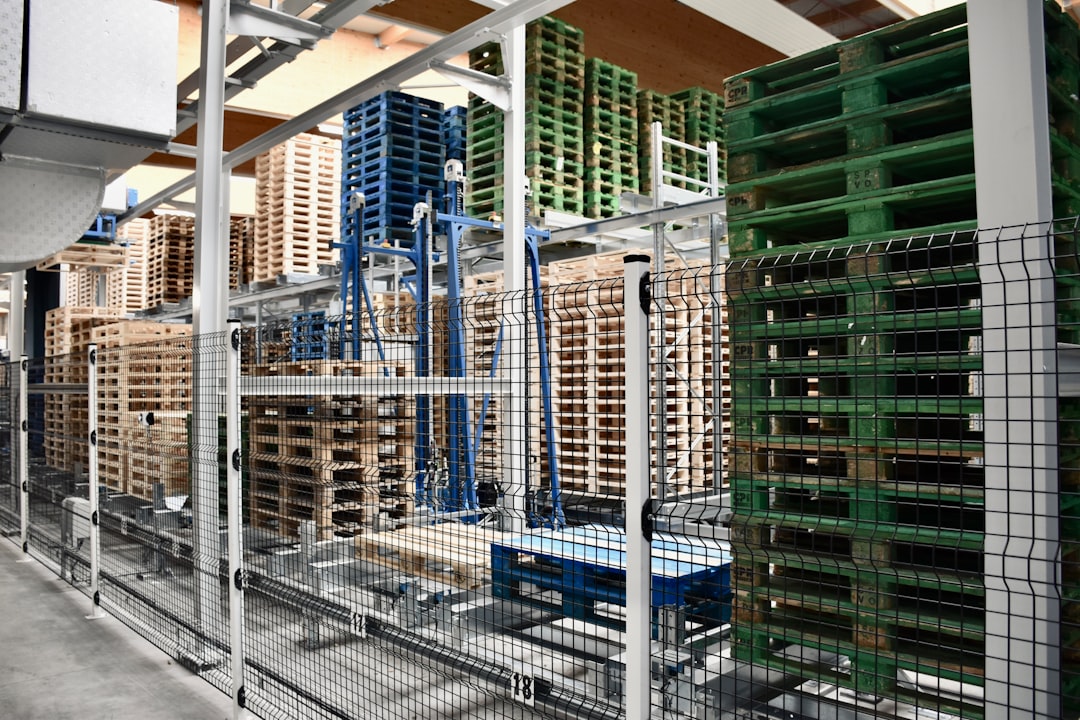
Food businesses grow revenue and market share by harnessing seasonal demand cycles. Aligning Google Ads campaigns with these trends ensures brands capture surges in consumer interest, translating search spikes into reservations, online orders, and retail visits. For a deeper look at seasonal Google Ads strategies tailored to foodservice, see this guide to foodservice Google Ads. This approach transforms digital marketing for restaurants and food retailers from a static spend into a dynamic engine for lead generation and conversion.
During holidays, local events, or peak dining seasons, food industry marketers can optimize ad spend by adjusting bids and budgets to match real-time shifts in search volume. Advanced campaign management prioritizes high-intent audiences at critical moments, driving cost-effective engagement and maximizing every advertising dollar. Marketers who tap into timely consumer behavior see not only higher click-through and conversion rates but also build lasting brand relevance in the minds of their target market.
For B2B food suppliers and restaurant groups, the ability to identify visitors and companies behind seasonal surges is transformative. Leveraging visitor identification and in-market behavioral insights allows revenue teams to shift budget and creative resources toward high-converting accounts as demand spikes. Campaign budgets can be dynamically reallocated to focus on product lines or locations seeing the most traction, ensuring marketing efforts remain agile and tightly aligned with real-time business opportunities.
As audiences move through seasonal buying cycles—such as catering orders for holidays or wholesale procurement for new menu launches—dynamic audience segmentation keeps targeting relevant and fresh. Audiences update automatically as leads transition from research to purchase intent, reducing wasted impressions and enhancing personalization. With advanced conversion tracking, including both online and offline attribution, marketers can measure the true ROI of their seasonal campaigns and refine future investments based on granular, actionable data.
Food businesses that unify CRM data with their ad platforms unlock a powerful growth loop. Enriched audience segments sourced from POS, reservation, and sales systems can be synced directly into ad platforms, enabling rapid launches of hyper-targeted seasonal campaigns. This seamless integration ensures that both new and returning customers receive the right offers at the right times, maximizing the impact of every seasonal opportunity and driving measurable growth across all channels. Ready to take your seasonal advertising to the next level? Get started for free with Sona.
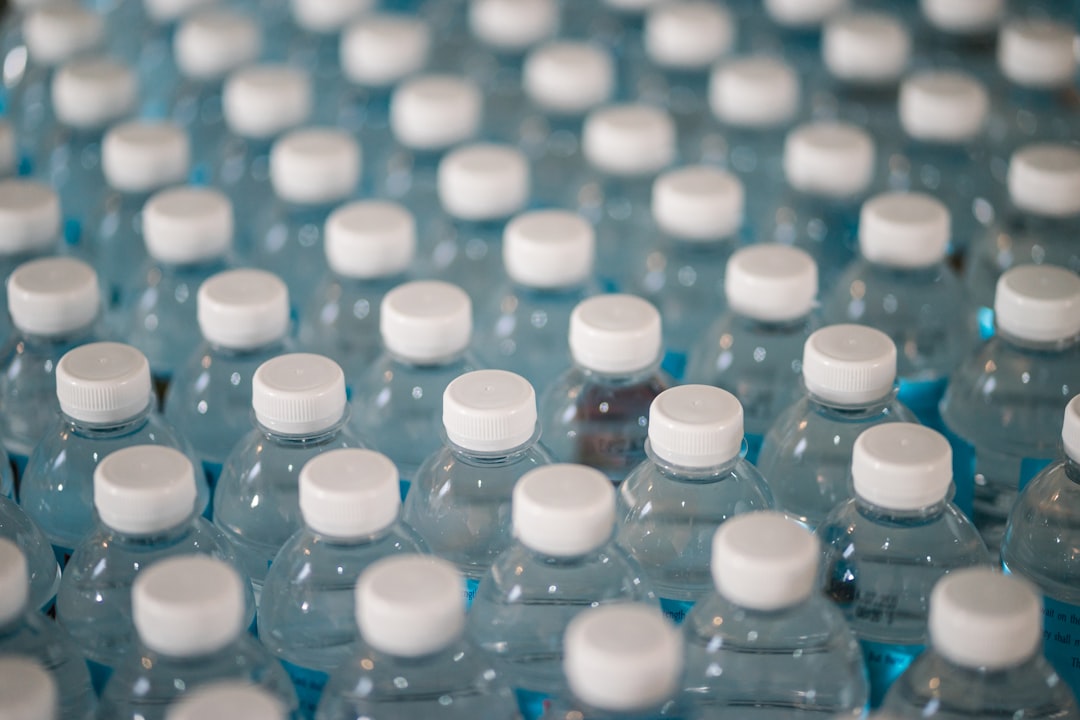
Food industry businesses operate in a dynamic environment where customer journeys stretch across multiple digital touchpoints before any reservation, order, or purchase occurs. Integrating Google Ads with social media advertising creates a holistic strategy, ensuring every interaction reinforces brand messaging and maximizes engagement throughout the funnel. This approach allows marketers to craft a cohesive narrative, guiding potential diners or buyers through awareness, consideration, and conversion in a unified experience. By leveraging the unique strengths of each platform—Google Ads for high-intent search engagement and social channels for discovery and inspiration—marketers achieve full-spectrum visibility and impact. For practical guidance on leveraging Google Ads to attract new customers and grow sales in foodservice, see using the power of Google Ads in foodservice marketing.
Combining these efforts requires more than simply running ads on both Google and social media. Data-driven integrations now make it possible to move beyond anonymous web traffic, using visitor identification to reveal not just clicks, but the actual companies and high-value individuals interacting with campaigns. For food industry marketers, this means knowing which restaurant prospects are researching catering menus and which grocery buyers are browsing specialty product lines, even before form fills take place. These insights enable precise retargeting and high-conversion audience building across platforms, ensuring no interested party slips through the cracks.
Marketers can now capture intent signals in real time, matching in-market behaviors with tailored messaging and shifting budget toward audiences most likely to convert. When a surge in local searches for "gourmet takeout near me" occurs, budgets and creative assets can instantly pivot to highlight relevant offerings on both Google and Facebook. As leads progress through the funnel—moving from ad engagement to website visit to inquiry—dynamic audience updates ensure each touchpoint reflects the latest status, whether it’s a new menu, a special event, or a limited-time offer. With CRM and ad platform synchronization, enriched lead and customer data flows seamlessly into Google Ads and social audiences, empowering teams to launch coordinated campaigns that deliver personalized experiences, track online and offline conversions, and clearly demonstrate ROI across channels. This integrated approach not only enhances the efficiency of digital marketing for restaurants and food brands, but also drives sustained growth by unifying customer intelligence and campaign execution.
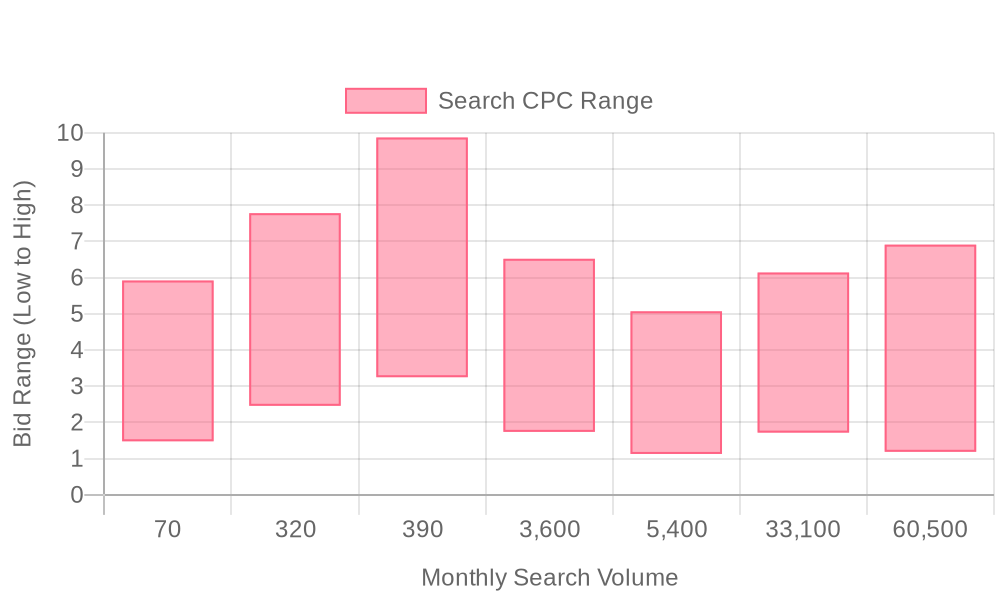
| Industry | Keyword | Monthly Search Volume | Competition Level | Low Bid | High Bid |
| Food Industry Businesses | food industry businesses | 70 | LOW | 1.48 | 5.92 |
| Food Industry Businesses | private label food manufacturers | 320 | LOW | 2.46 | 7.78 |
| Food Industry Businesses | beverage manufacturing companies | 390 | LOW | 3.25 | 9.87 |
| Food Industry Businesses | food manufacturing companies | 3600 | LOW | 1.74 | 6.52 |
| Food Industry Businesses | food manufacturers near me | 5400 | LOW | 1.13 | 5.07 |
| Food Industry Businesses | food manufacturers | 33100 | LOW | 1.72 | 6.14 |
| Food Industry Businesses | food company | 60500 | LOW | 1.19 | 6.91 |
Implementing a finely-tuned keyword strategy is fundamental for food industry businesses aiming to maximize their investment in Google Ads. Success depends on matching each campaign’s keywords to specific service offerings and customer intent, whether driving reservations, online orders, or B2B food manufacturing leads. Instead of relying solely on broad restaurant advertising terms, advanced strategies break campaigns into tightly themed groups aligned with menu items, dietary preferences, and local search patterns. For example, targeting “gluten-free bakery near me,” “bulk organic produce supplier,” or “private label snack manufacturer” ensures ads reach buyers at the exact moment they are searching for solutions the business provides. For a practical guide to setting up and optimizing campaigns, see this step-by-step Google Ads guide for restaurants.
A well-structured approach to keyword planning also addresses common challenges such as funnel drop-offs and wasted spend. By integrating intent-based matching and dynamic keyword insertion, marketers can intercept both high-volume and long-tail searches that indicate strong buying signals. This precision reduces irrelevant clicks and increases conversion rates, directly improving Google Ads ROI. Sample target terms might include:
Each keyword group should connect to highly relevant landing pages, ensuring a seamless user experience from search to conversion.
Food industry marketers gain a competitive edge by integrating platform solutions that enhance reporting and data unification. Connecting Google Ads data with CRM and analytics platforms enables real-time measurement of which keywords drive qualified leads and revenue, not just clicks. Unified reporting surfaces the true ROI of campaigns, revealing which search terms generate the highest-value opportunities. The ability to sync enriched audiences into Google Ads campaigns ensures that as leads progress through the funnel—such as a catering inquiry becoming a repeat customer—remarketing and upsell efforts are always targeting the most promising segments.
Effective campaigns in Google Ads for Food Industry Businesses start with robust keyword list construction. By grouping keywords according to dining services, cuisine types, and specialty offerings, marketers maximize ad relevance and improve the likelihood of connecting with in-market prospects. This segmentation approach is crucial for aligning campaigns with both seasonal menu changes and evolving consumer interests, ensuring every ad group speaks directly to a defined audience segment. When these keyword lists are informed by real-time visitor identification, B2B marketers move beyond generic targeting to pinpoint organizations and buyer personas actively seeking their offerings. This deeper intent data allows dynamic allocation of budgets to the highest-potential segments, reducing wasted spend and capturing more qualified leads at the moment of interest. For practical insights on leveraging search intent in foodservice, explore this Google Ads foodservice marketing guide.
Crafting ad creative for the food industry requires more than catchy copy; it demands a nuanced understanding of customer pain points and decision triggers. Ad text should directly address common conversion gaps such as unconverted demo interest by showcasing unique menu items, limited-time promotions, or exclusive event offerings. Messaging that highlights what sets your food business apart—such as sustainable sourcing, chef credentials, or proprietary recipes—builds trust and urgency. With advanced audience insights, marketers can personalize creative to align with a visitor’s stage in the buying journey, ensuring that re-engagement ads feature relevant offers and calls to action, driving a higher rate of return visits and demo bookings. For more actionable frameworks, review our marketing playbooks.
Landing pages serve as the linchpin between ad engagement and conversion for food industry marketing. Every landing page must mirror the promise and specificity of its corresponding ad, resolving the disconnect that leads to form abandonment or missed opportunities. Clear, action-oriented layouts with compelling visuals, straightforward forms, and trust signals (such as reviews or awards) keep visitors focused on the next step—whether it’s booking a tasting, scheduling a tour, or submitting a wholesale inquiry. When marketers leverage unified data systems, they can dynamically adapt landing content for returning visitors or known accounts, increasing relevance and conversion rates by addressing previously expressed interests or objections. To see how restaurants can further optimize this process, check out this step-by-step Google Ads guide.
Optimizing Google Ads for Food Industry Businesses requires more than monitoring clicks and impressions. Integrating both micro and macro conversion tracking—capturing everything from menu downloads to completed orders—enables teams to refine bidding strategies based on the actual revenue impact of each engagement. When marketers unify deal data and campaign metrics, they gain the clarity needed to prioritize spend on channels and audiences that drive measurable business outcomes. Automated audience syncing streamlines the process further, ensuring that as leads move through the funnel, remarketing and lookalike audiences remain current. This real-time connectivity between marketing, sales, and CRM platforms accelerates follow-up actions and ensures no opportunity slips through the cracks, delivering a measurable lift in Google Ads ROI for food businesses focused on growth. Get started for free with Sona.
Navigating the competitive landscape of the food industry requires innovative and effective strategies, especially when it comes to advertising. As we explored, leveraging Google Ads can significantly enhance your visibility, attract more customers, and ultimately drive sales. Understanding how to tailor your ad campaigns to meet the unique needs of your business is crucial for standing out in this fast-paced market.
Throughout this discussion, we addressed the challenges food industry businesses face in digital advertising, such as targeting the right audience and optimizing ad spend. By focusing on key strategies like utilizing targeted keywords, crafting compelling ad copy, and monitoring campaign performance, you can overcome these hurdles and achieve your marketing goals. These insights empower you to create more effective and efficient advertising strategies.
Imagine the transformation your business can undergo with a solid online presence and increased customer engagement. The possibilities are endless when you harness the power of data-driven advertising solutions. By implementing these strategies, you're not just keeping up with the competition—you’re setting the pace.
We invite you to explore how you can elevate your advertising approach. Start for free to experience our platform's capabilities and see firsthand how it can unify your go-to-market data and drive actionable insights.
The best strategies include using precision targeting, data-driven messaging, and seamless follow-up to convert high-intent prospects into leads, leveraging audience insights and tracking real buyer intent to focus on high-fit prospects, and optimizing landing pages to mirror ad promises.
Restaurants can effectively use Google Ads by creating targeted keyword lists, writing high-impact ad creative that addresses customer pain points, optimizing landing pages for conversions, and continuously refining performance with data-driven optimizations.
The article does not specify an average ROI but emphasizes that a robust, data-driven approach can maximize lead quality and reduce acquisition costs, thereby improving ROI.
Targeting options include keyword and audience targeting with specific clusters and audience layers like job title, company size, and recent purchase signals to refine reach and ensure ads land in front of decision-makers.
To set up a campaign, you start with building targeted keyword lists, crafting high-impact ad creative, optimizing landing pages for actions, and activating data-driven optimizations to ensure effective engagement and conversions.
Join results-focused teams combining Sona Platform automation with advanced Google Ads strategies to scale lead generation

Connect your existing CRM

Free Account Enrichment

No setup fees
No commitment required

Free consultation

Get a custom Google Ads roadmap for your business
Join results-focused teams using Sona Platform automation to activate unified sales and marketing data, maximize ROI on marketing investments, and drive measurable growth

Connect your existing CRM

Free Account Enrichment

No setup fees
No commitment required

Free consultation

Get a custom Google Ads roadmap for your business
Over 500+ auto detailing businesses trust our platform to grow their revenue
Join results-focused teams using Sona Platform automation to activate unified sales and marketing data, maximize ROI on marketing investments, and drive measurable growth

Connect your existing CRM

Free Account Enrichment

No setup fees
No commitment required

Free consultation

Get a custom Google Ads roadmap for your business
Over 500+ auto detailing businesses trust our platform to grow their revenue
Join results-focused teams using Sona Platform automation to activate unified sales and marketing data, maximize ROI on marketing investments, and drive measurable growth

Connect your existing CRM

Free Account Enrichment

No setup fees
No commitment required

Free consultation

Get a custom Google Ads roadmap for your business
Over 500+ auto detailing businesses trust our platform to grow their revenue
Join results-focused teams using Sona Platform automation to activate unified sales and marketing data, maximize ROI on marketing investments, and drive measurable growth

Connect your existing CRM

Free Account Enrichment

No setup fees
No commitment required

Free consultation

Get a custom Google Ads roadmap for your business
Over 500+ auto detailing businesses trust our platform to grow their revenue
Our team of experts can implement your Google Ads campaigns, then show you how Sona helps you manage exceptional campaign performance and sales.
Schedule your FREE 15-minute strategy sessionOur team of experts can help improve your demand generation strategy, and can show you how advanced attribution and data activation can help you realize more opportunities and improve sales performance.
Schedule your FREE 30-minute strategy sessionOur team of experts can help improve your demand generation strategy, and can show you how advanced attribution and data activation can help you realize more opportunities and improve sales performance.
Schedule your FREE 30-minute strategy sessionOur team of experts can help improve your demand generation strategy, and can show you how advanced attribution and data activation can help you realize more opportunities and improve sales performance.
Schedule your FREE 30-minute strategy sessionOur team of experts can help improve your demand generation strategy, and can show you how advanced attribution and data activation can help you realize more opportunities and improve sales performance.
Schedule your FREE 30-minute strategy session





Launch campaigns that generate qualified leads in 30 days or less.
